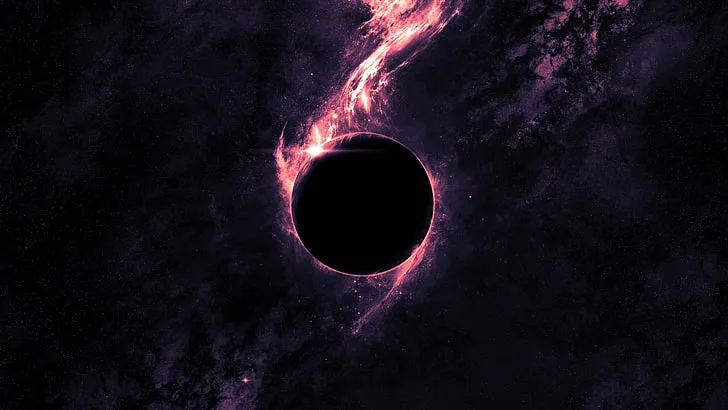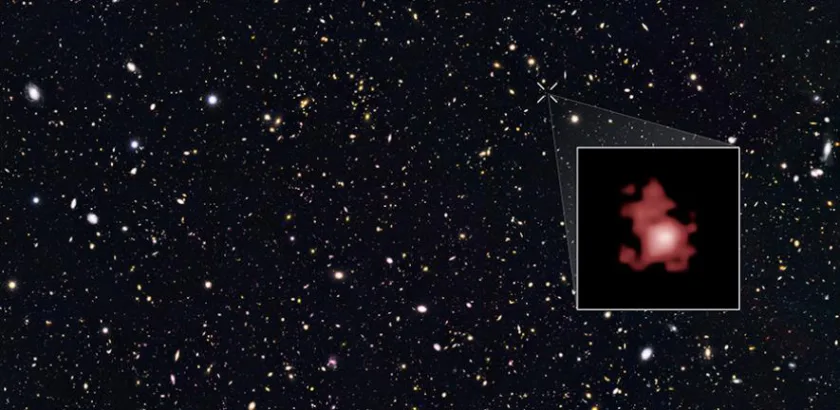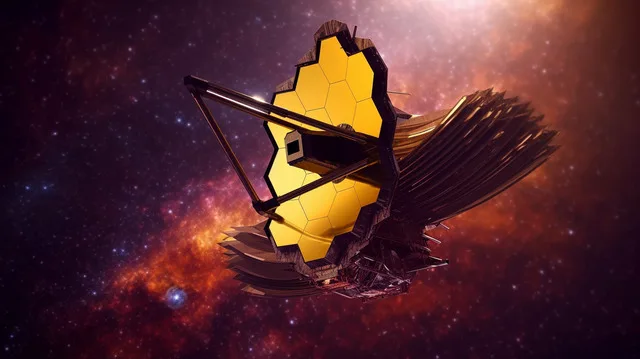
Recently, astronomers have detected a super-old black hole, which is devouring its galaxy. It is dated back to the earliest black hole ever. It’s like the ultimate space buffet for the oldest black hole.
Researchers at the University of Cambridge, unleashed the NASA/ESA/CSA James Webb Space Telescope (JWST) to spot this ancient black hole. The gravity well is chilling out 400 million years post-Big Bang, that is, over 13 billion years back.
Early-Bird Black Hole Defies Cosmic Norms
Wrap your head around this: a seriously hefty black hole, packing a punch a few million times our sun’s mass, decided to show up way too early in the universe’s party. This discovery is shaking up our ideas about how these cosmic heavyweights come to be and get bigger.
Generally, it is believed and observed that the supermassive black holes like the one in our Milky Way, take their sweet time growing over billions of years. But the current black hole suggests otherwise.
Could it be that these black holes are ‘born big’ or just have an insatiable appetite. After all, they are chowing down on matter at a jaw-dropping five times the rate that is normally observed.
Early-Born Black Hole Challenges Cosmic Growth Timelines
Supermassive black holes, the big shots in the universe, typically emerge from the remnants of deceased stars. A star’s dramatic collapse, gives rise to a black hole, which is roughly a hundred times the mass of our sun. Now, if everything played out as predicted, it would take about a billion years for a black hole to reach the size we just spotted.
But here’s a catch, the universe wasn’t even a billion years old when this particular black hole made its grand entrance. Does it mean there is some cosmic anomaly?

Energetic Black Hole Lights Up Host Galaxy
The host galaxy GN-z11, is shining because of the energetic black hole at its core. Now, we can’t exactly spot black holes directly, but here is the revelation: they leave a cosmic calling card, a glowing accretion disk near their edges.
This swirling disk gets super hot, radiating energy in the ultraviolet range like a celestial neon sign. And that is how astronomers follow the clues to unmask these elusive black holes.
GN-z11, the Little Galaxy
Although, the GN-z11 is considered as the petite galaxy in the cosmic neighborhood, just a hundred times smaller than our expansive Milky Way. But that seemingly innocuous black hole in the mix might just be disrupting the galaxy’s cosmic groove.
When black holes go on a gas-gobbling spree, they create a space gust, like an ultra-fast wind. This celestial ‘wind’ could slam the brakes on star formation, and putting the galaxy on a slow demise. Not only does this celestial wind choke the galaxy’s star formation, but it also spells potential doom for the black hole itself by putting a halt to its cosmic ‘food’ supply.
Scientists harness JWST’s Power
Professor Roberto Maiolino, from Cambridge’s Cavendish Laboratory and Kavli Institute of Cosmology, is taking full advantage of the enhanced capabilities and sensitivity provided by the James Webb Space Telescope (JWST).
The team is excited and anticipating to explore other older black holes in the months and years ahead. They are looking forward to use JWST’s future observations to seek out the smaller ‘seeds’ of black holes.

Takeaway
The study is important as it will lead to a deeper understanding of the diverse mechanisms involved in the birth and growth of black holes.
And when it comes to the JWST, well it totally aced it in spotting and figuring out the cool stuff in GN-z11’s spectrum. The telescope is giving interesting results in space exploration. With this awesome tool in hand, we would get more up-close looks of far-off galaxies. We would then see the cosmos in high-definition!



